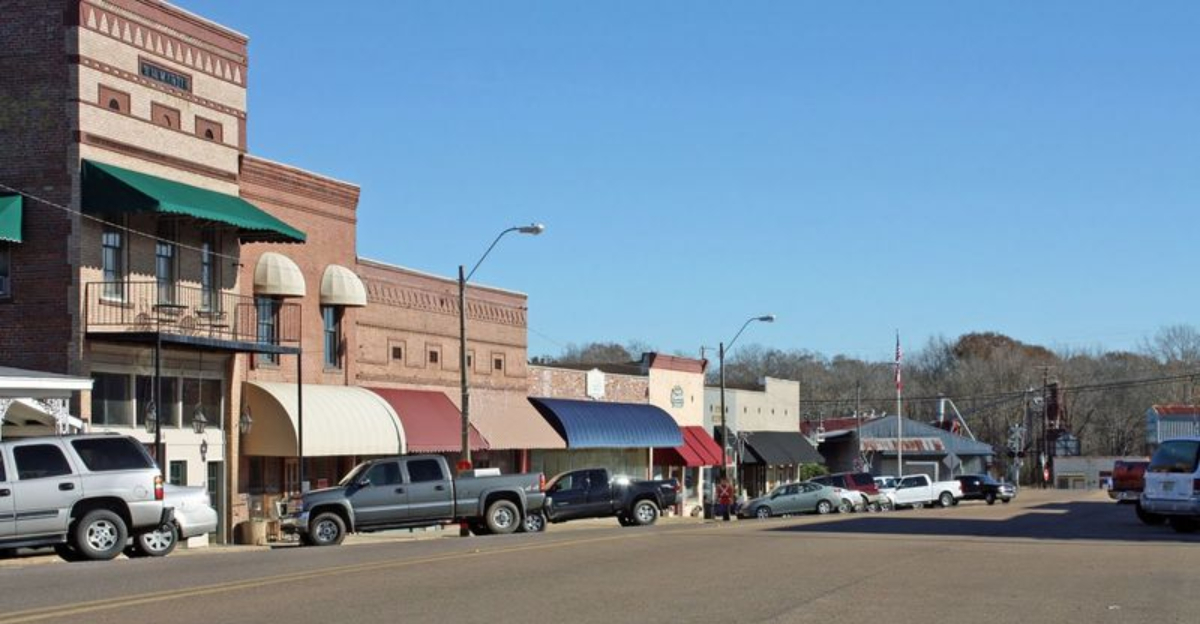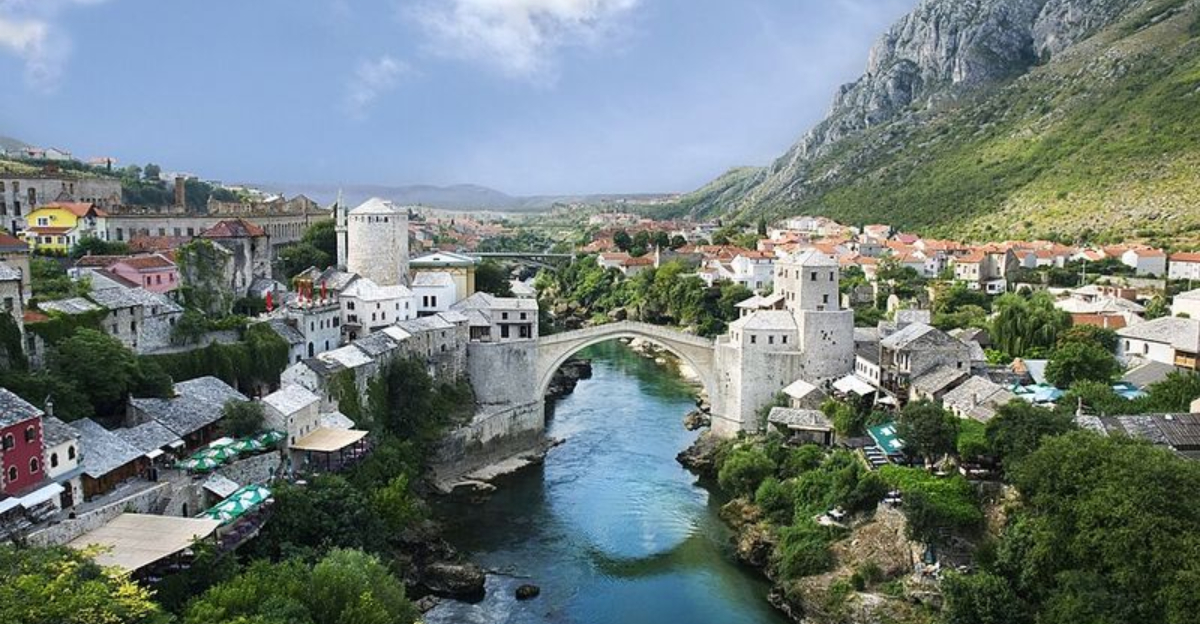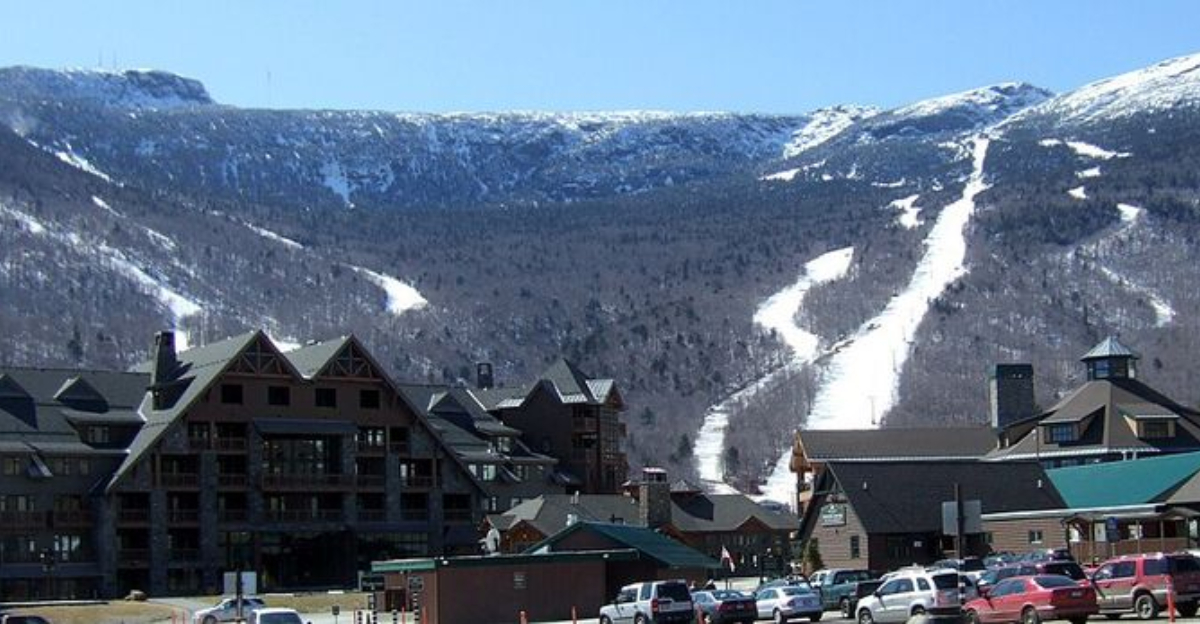11 Historic American Sites That Might Not Survive For Long
America holds countless treasures from the past, but not all of them will be around forever. Rising seas, crumbling foundations, and budget cuts threaten some of our most beloved landmarks.
Imagine a world where future generations can only see these wonders in old photographs. Time is running out to protect these incredible pieces of history.
1. Cape Hatteras Lighthouse
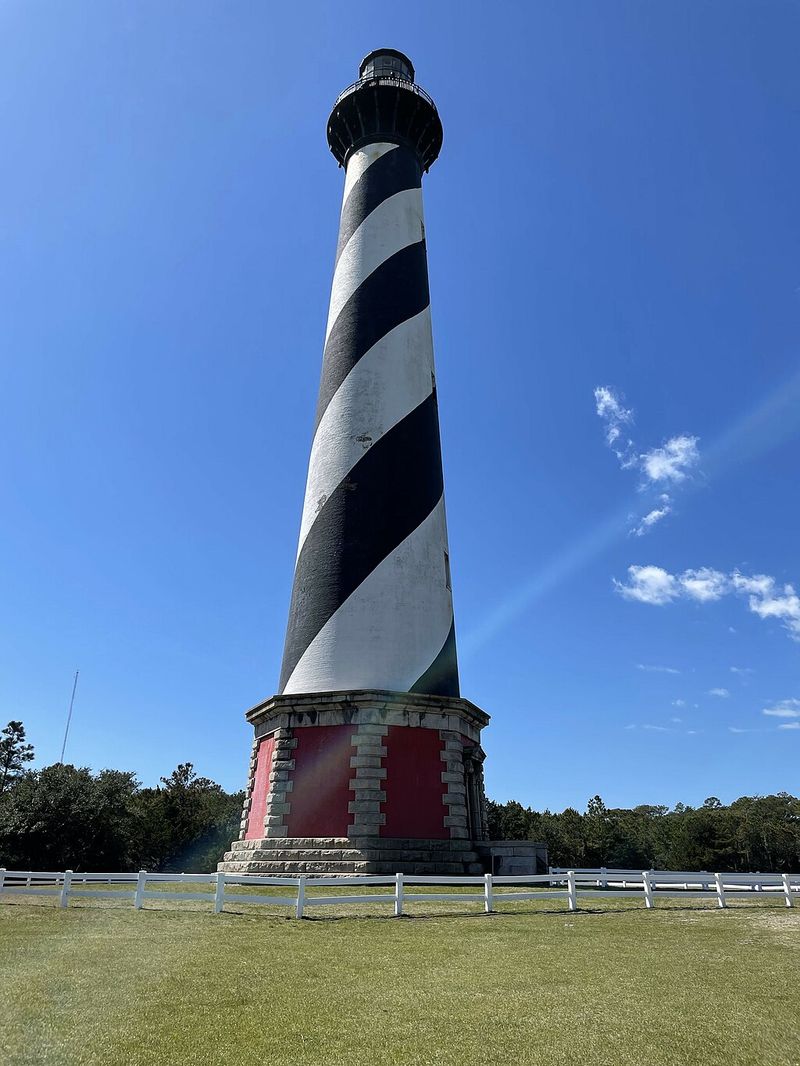
Standing proud since 1870, this striped giant battles the Atlantic Ocean every single day. Erosion gnaws at the shoreline, threatening to topple America’s tallest brick lighthouse into the sea.
Engineers moved it 2,900 feet inland in 1999, but the ocean keeps advancing. Climate change accelerates the damage, making each hurricane season a nail-biter for preservationists and locals alike.
2. Jamestown Island
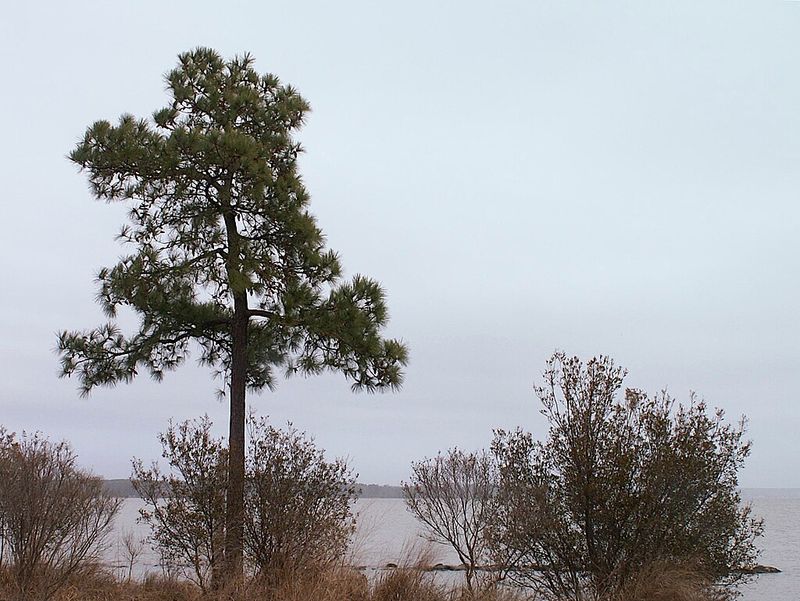
Where America’s first permanent English settlement began in 1607, now faces a watery grave. Rising tides swallow chunks of shoreline annually, erasing priceless archaeological treasures beneath the waves.
Scientists estimate that within decades, significant portions could vanish completely. Artifacts from our colonial past wash away faster than researchers can excavate them, creating an urgent race against time.
3. Mesa Verde Cliff Dwellings
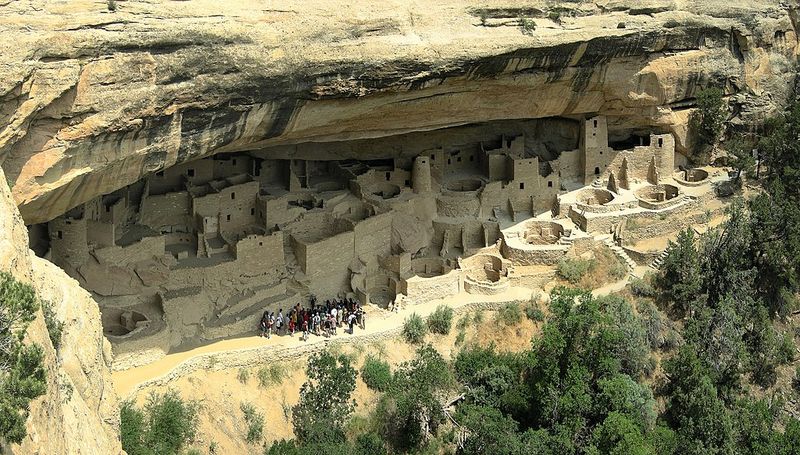
Built by Ancestral Puebloans over 700 years ago, these sandstone marvels cling to cliffsides in Colorado. However, wildfires and intense storms crack the fragile structures more each year.
Increased tourism also wears down pathways and walls. Climate patterns shift dramatically, causing freeze-thaw cycles that split ancient masonry. Preserving these architectural wonders becomes harder as nature intensifies its assault on history.
4. Harriet Tubman Underground Railroad Sites
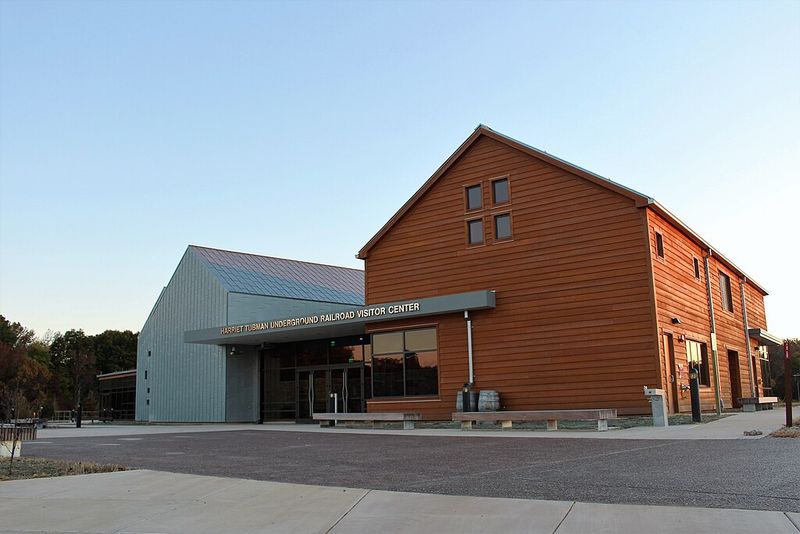
Freedom routes once traveled by courageous souls now disappear beneath rising waters. Marshlands where Harriet Tubman led enslaved people to liberty sink lower every year.
Maryland’s Eastern Shore loses land to sea-level rise at alarming rates. Historic churches, safe houses, and trails vanish, erasing tangible connections to one of America’s bravest heroes and her legendary rescue missions.
5. Charleston Historic District
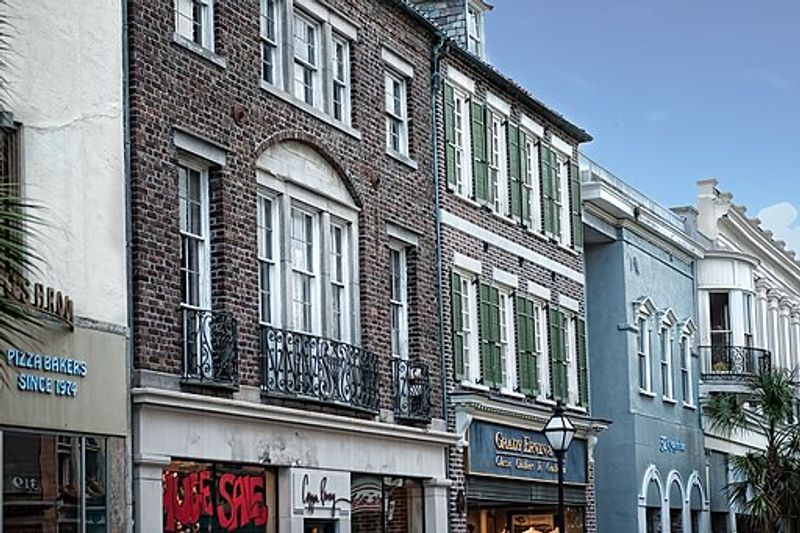
Pastel-painted mansions and cobblestone streets tell stories from centuries past, but flooding threatens Charleston’s charm. King tides regularly turn streets into rivers, damaging foundations of irreplaceable structures.
Built on a peninsula, this South Carolina gem faces hurricanes and rising seas simultaneously. Salt water corrodes historic brickwork and wooden supports, accelerating decay that restoration efforts struggle to combat effectively.
6. Fort Monroe
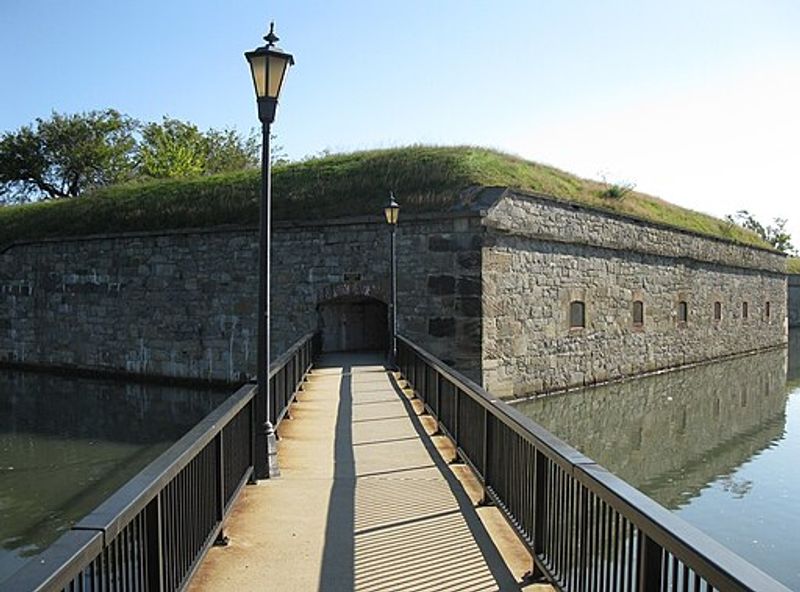
This stone fortress witnessed the Civil War’s end and sheltered freedom seekers, earning the nickname Freedom’s Fortress. Surrounded by water on three sides, Fort Monroe now battles coastal erosion relentlessly.
Chesapeake Bay’s rising waters undermine centuries-old walls and ramparts. Storm surges flood the moat and interior grounds, weakening structural integrity. Each passing year brings this Virginia landmark closer to collapse.
7. Ellis Island Immigration Museum
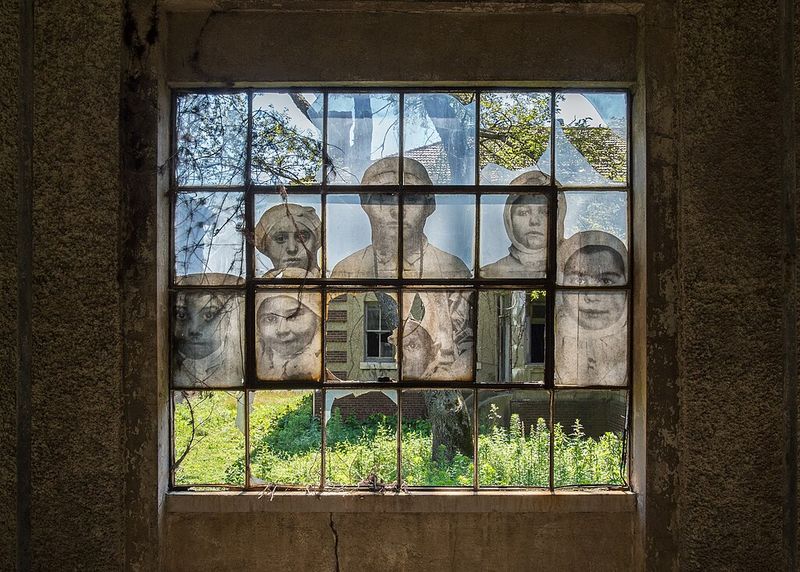
Over twelve million immigrants passed through these halls chasing the American Dream between 1892 and 1954. Superstorm Sandy flooded basements in 2012, destroying heating systems and damaging irreplaceable records.
Sitting in New York Harbor makes this island incredibly vulnerable to future hurricanes. Rising sea levels guarantee more frequent flooding, threatening artifacts that tell countless family stories of hope and perseverance.
8. Poverty Point
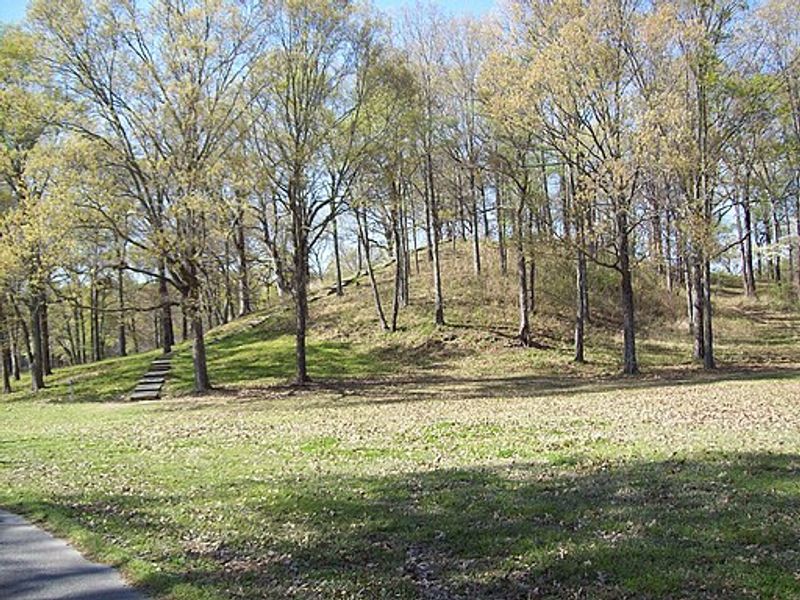
Ancient earthworks built 3,400 years ago by indigenous peoples form massive geometric patterns visible from above. Louisiana’s sinking land and frequent flooding endanger these UNESCO World Heritage mounds.
Subsidence drops the ground several inches annually in some areas. Heavy rains wash away soil, flattening features that survived millennia. Archaeologists worry that within generations, these prehistoric engineering marvels might disappear forever.
9. San Francisco Cable Cars

Clang, clang, clang go these moving landmarks since 1873, but keeping them running costs millions annually. Aging infrastructure beneath city streets needs constant replacement, and funding shortfalls threaten operations.
Though earthquakes test their resilience, budget cuts pose the biggest danger. Without significant investment in track maintenance and powerhouse upgrades, San Francisco might lose its most charming transportation symbol forever.
10. Wright Brothers National Memorial
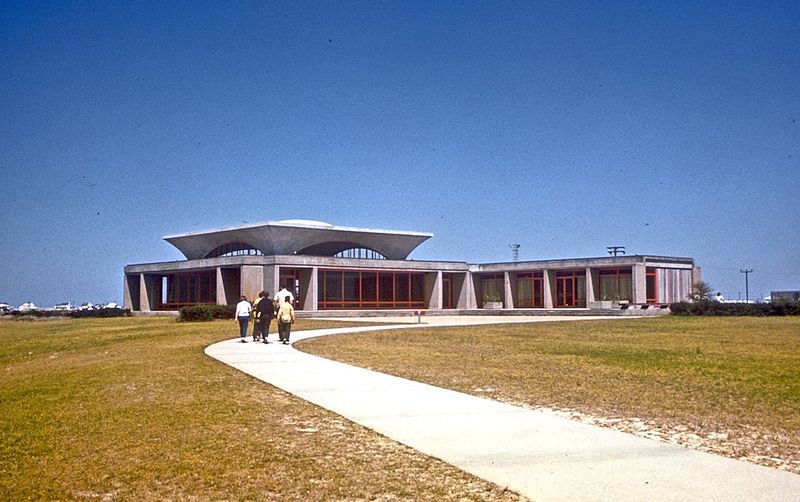
Where humanity first conquered powered flight in 1903, nature now threatens to reclaim the land. Coastal erosion chews away at North Carolina’s Outer Banks, moving dangerously close to this monument.
Wind and waves reshape dunes constantly, just as they did when Orville and Wilbur chose this spot. However, climate change accelerates the process, potentially erasing the very landscape that made aviation history possible.
11. Cahokia Mounds
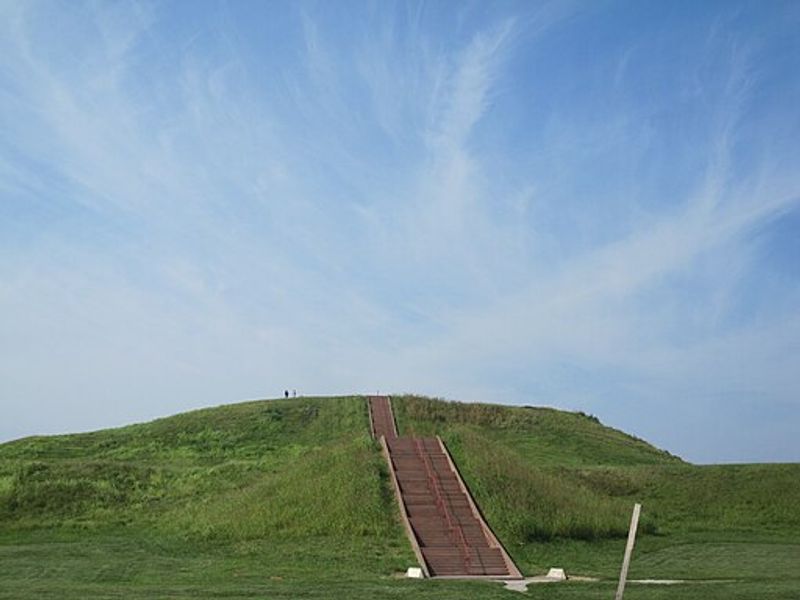
Near modern-day St. Louis rises evidence of a sophisticated civilization that thrived 1,000 years ago. Monks Mound, taller than a six-story building, anchors this archaeological wonder.
Urban sprawl, highway construction, and flooding from the Mississippi River threaten these sacred structures. Looting and neglect have already destroyed many smaller mounds. Without aggressive protection, North America’s largest pre-Columbian settlement could vanish beneath suburbs.
12. Thomas Edison Laboratory Complex
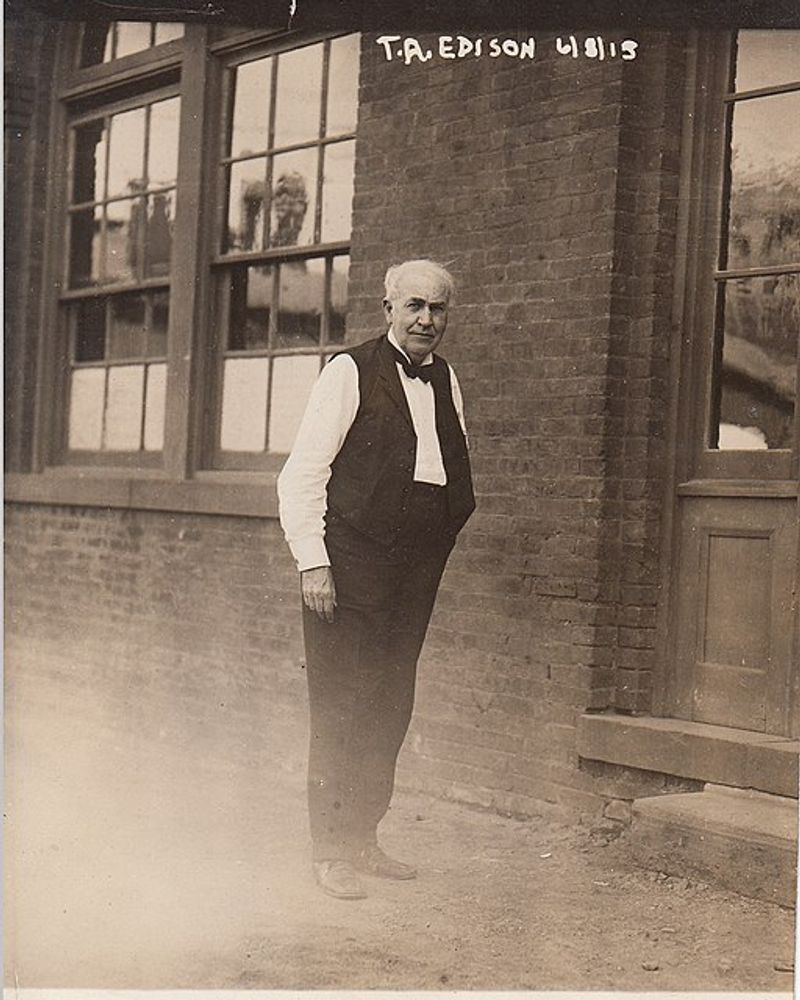
Genius sparked to life inside these New Jersey buildings where Edison perfected the light bulb, phonograph, and motion pictures. Decades of deferred maintenance leave roofs leaking and walls crumbling.
Federal budget constraints limit restoration work on structures housing priceless artifacts and equipment. Water damage threatens original lab benches and prototype inventions. America’s innovation birthplace desperately needs funding before irreplaceable history literally falls apart.
13. Taos Pueblo
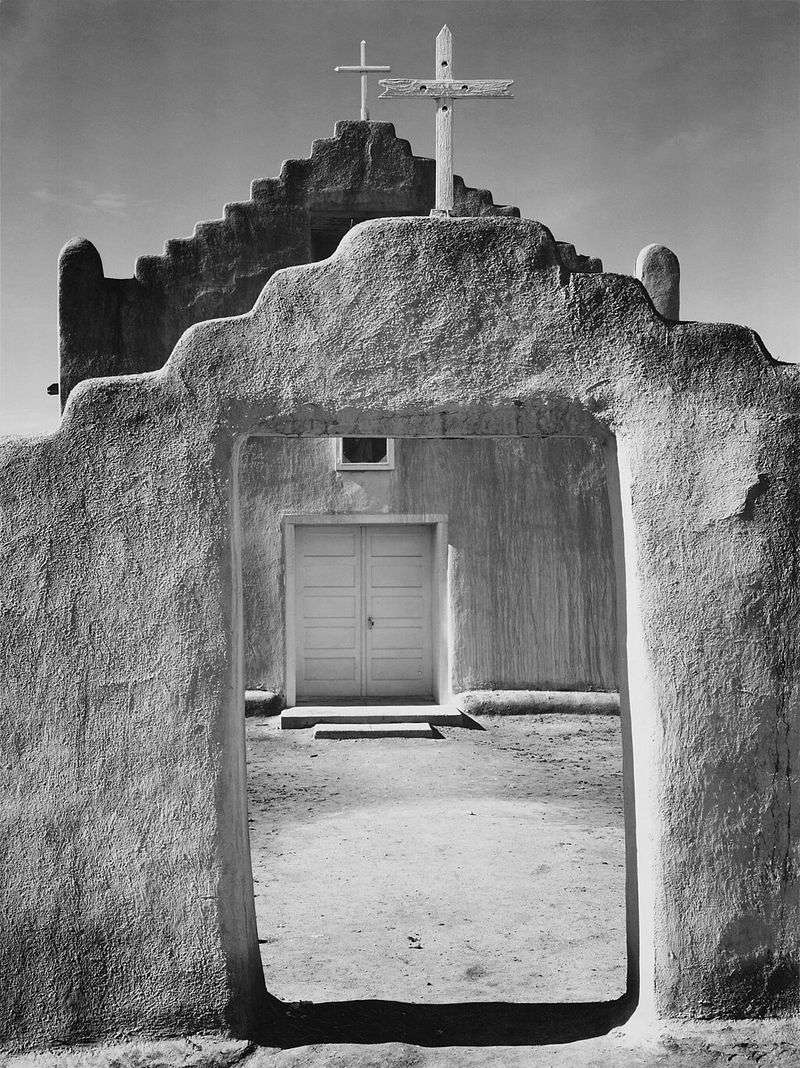
Continuously inhabited for over 1,000 years, these adobe structures represent living history in New Mexico. Extreme weather patterns damage traditional earthen construction that requires constant maintenance.
Droughts harden clay, while sudden downpours dissolve walls faster than residents can repair them. Modern building codes conflict with traditional construction methods. Balancing preservation with habitability challenges this UNESCO site, risking its survival as a functioning community.
14. Statue of Liberty
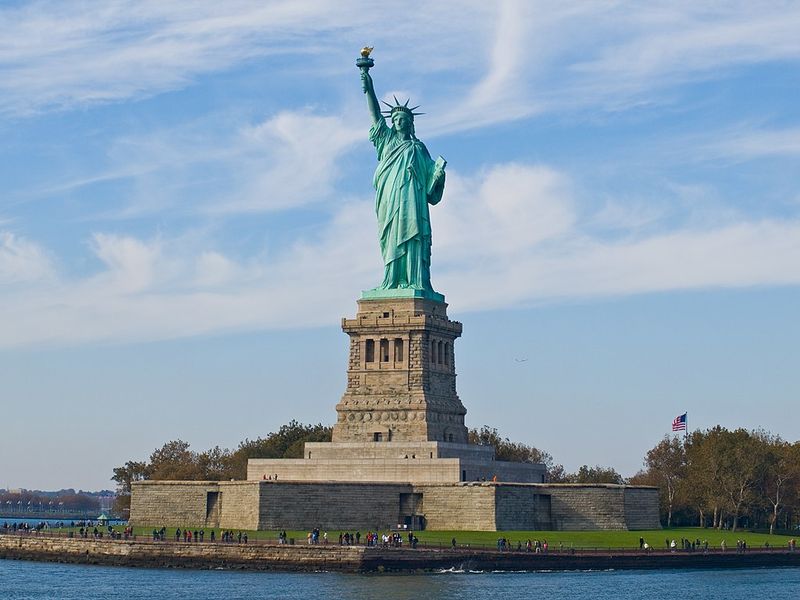
Lady Liberty has welcomed millions since 1886, but her island home faces watery threats. Hurricane Sandy proved how vulnerable this symbol becomes during major storms, causing extensive damage and closure.
Rising harbor waters increase flood risks to the pedestal and infrastructure. Salt spray accelerates corrosion of copper skin and internal iron framework. Future superstorms could strand this beacon of freedom permanently.
15. Independence Hall
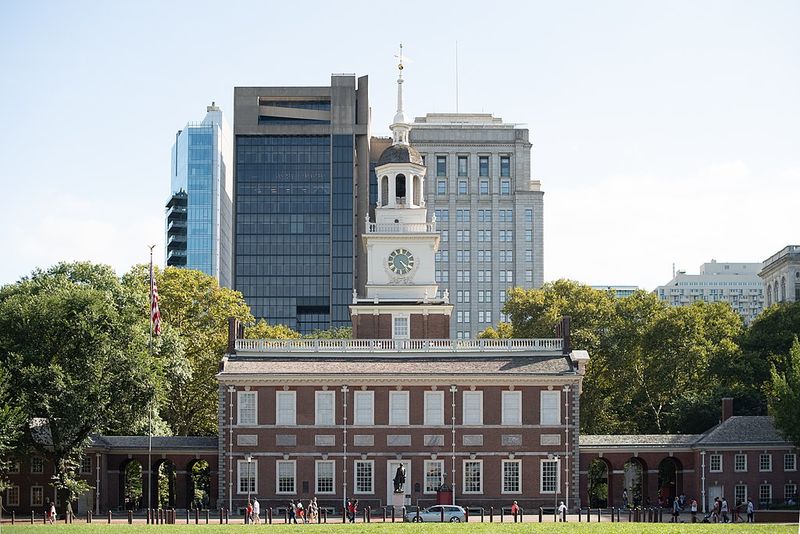
Where America declared independence and drafted its Constitution, brick and mortar now show their age. Philadelphia’s humidity and pollution eat away at the 280-year-old structure’s exterior.
Freeze-thaw cycles crack mortar between historic bricks each winter. Interior climate control struggles to protect priceless artifacts while welcoming thousands of visitors daily. Balancing public access with preservation grows harder as this birthplace of democracy ages gracefully but inevitably.


